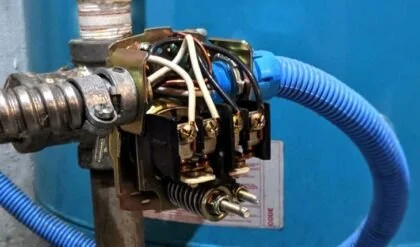
- 1- Understanding the Pressure Switch in a Well Pump
- 2- Why the Pressure Switch Trips
- 3- How to Reset a Tripped Pressure Switch
- 4- When to Call a Professional
- 5- Regular Maintenance Tips for Your Well Pump
1. Understanding the Pressure Switch in a Well Pump
The pressure switch in a well pump is a crucial component that monitors the pressure of the water within the system. It helps to regulate when the pump turns on and off based on the water pressure in the tank. The switch ensures that the pump runs efficiently, preventing overuse and damage. Typically, the pressure switch is set to operate within a certain pressure range, and if it detects that the pressure is too low or too high, it will trip to protect the system.
If the pressure switch trips, the pump will stop running, causing your well water supply to be cut off. Understanding how the pressure switch works is essential for troubleshooting any issues related to your well pump.

Joe Schmitt & Sons Plumbing and heating llc
EnglewoodMontgomery CountyOhio
500 Alta Ave, Englewood, OH 45322, USA
2. Why the Pressure Switch Trips
There are several reasons why a pressure switch in a well pump may trip. Some common causes include:
- Low Water Levels: If the water level in the well drops too low, the pump may struggle to maintain proper pressure, causing the pressure switch to trip.
- Clogged Filters: A clogged filter can restrict water flow, leading to an increase in pressure that may trigger the switch to trip.
- Faulty Pressure Switch: A malfunctioning pressure switch can cause the system to trip without any apparent reason.
- Electrical Issues: Problems with the wiring or electrical components can also interfere with the functioning of the pressure switch, leading to a trip.
Identifying the root cause of the tripped pressure switch is the first step in determining the best way to reset or fix the issue.
3. How to Reset a Tripped Pressure Switch
If you find that your well pump's pressure switch has tripped, follow these steps to reset it:
- Turn Off the Power: Before doing anything, make sure to turn off the power to the pump to avoid any electrical accidents.
- Locate the Pressure Switch: The pressure switch is usually located near the pressure tank and has a cover. It might look like a small box with electrical connections.
- Check the Pressure Setting: Inspect the pressure setting on the switch to ensure it’s properly adjusted. The typical setting is around 40-60 PSI, but this can vary depending on your system.
- Press the Reset Button: Many pressure switches have a reset button or lever that you can press to reset the system. If the switch is a manual type, you might need to turn the knob to reset it.
- Turn the Power Back On: After resetting the switch, turn the power back on and check if the well pump starts running again. If the issue persists, you may need to inspect the system further or seek professional help.
If the reset doesn’t work, there might be a more serious issue with the switch, the pump, or the electrical system, and further troubleshooting will be necessary.
4. When to Call a Professional
While resetting a tripped pressure switch is a straightforward process, there are times when calling a professional is the best course of action. If you encounter any of the following issues, it’s important to seek professional help:
- Persistent Issues: If the pressure switch continues to trip even after resetting it multiple times, there could be an underlying problem that requires expert attention.
- Electrical Problems: If you suspect electrical issues, such as faulty wiring or a damaged pump, a professional should be called to avoid potential safety hazards.
- Broken Pressure Switch: If the pressure switch is clearly damaged or malfunctioning, it will need to be replaced by a professional.
5. Regular Maintenance Tips for Your Well Pump
To avoid pressure switch issues in the future, regular maintenance is essential. Here are a few tips to help keep your well pump system running smoothly:
- Check the Pressure Regularly: Monitor the pressure in the system to ensure it remains within the recommended range.
- Clean or Replace Filters: Keep your filters clean to prevent clogs and maintain efficient water flow.
- Inspect Electrical Connections: Regularly check the wiring and electrical components to prevent any issues that might cause a pressure switch to trip.
- Schedule Annual Inspections: Have a professional inspect your well pump system annually to catch potential issues before they become major problems.
By taking care of your well pump system, you can avoid frequent issues and extend its lifespan, ensuring a reliable water supply for your home.
If you’re in need of parts, equipment, or advice on well pump maintenance, visit Plumbers Supply Hub for top-quality products and expert recommendations.


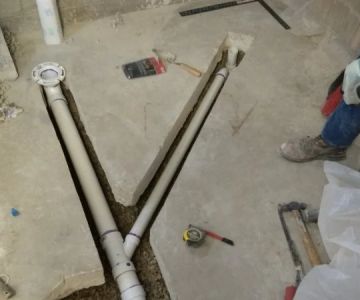





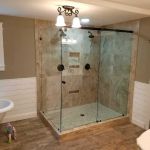 Southern Skye Plumbing4.0 (34 reviews)
Southern Skye Plumbing4.0 (34 reviews) Guarantee Plumbing Inc.3.0 (2 reviews)
Guarantee Plumbing Inc.3.0 (2 reviews)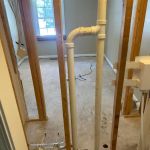 Wabash Valley Plumbing4.0 (140 reviews)
Wabash Valley Plumbing4.0 (140 reviews)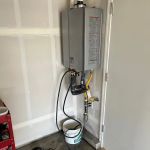 PDS Plumbing and Air4.0 (232 reviews)
PDS Plumbing and Air4.0 (232 reviews) E&H Plumbing & Handyman4.0 (315 reviews)
E&H Plumbing & Handyman4.0 (315 reviews)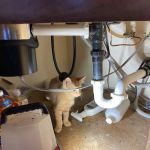 Brothers Plumbing Services5.0 (26 reviews)
Brothers Plumbing Services5.0 (26 reviews)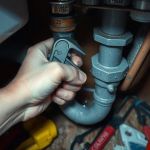 How to Repair a Pipe Saddle That Leaks: Complete Guide
How to Repair a Pipe Saddle That Leaks: Complete Guide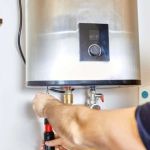 Pros and Cons of Tankless vs Traditional Water Heaters
Pros and Cons of Tankless vs Traditional Water Heaters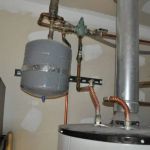 How to Test an Expansion Tank on Your Water Heater
How to Test an Expansion Tank on Your Water Heater How to Choose a Tankless Water Heater for a Family Home
How to Choose a Tankless Water Heater for a Family Home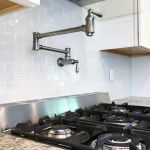 How to Install a Pot Filler Faucet in the Kitchen: A Step-by-Step Guide
How to Install a Pot Filler Faucet in the Kitchen: A Step-by-Step Guide How to Detect and Stop Galvanic Corrosion in Pipes | Plumbers Supply Hub
How to Detect and Stop Galvanic Corrosion in Pipes | Plumbers Supply Hub